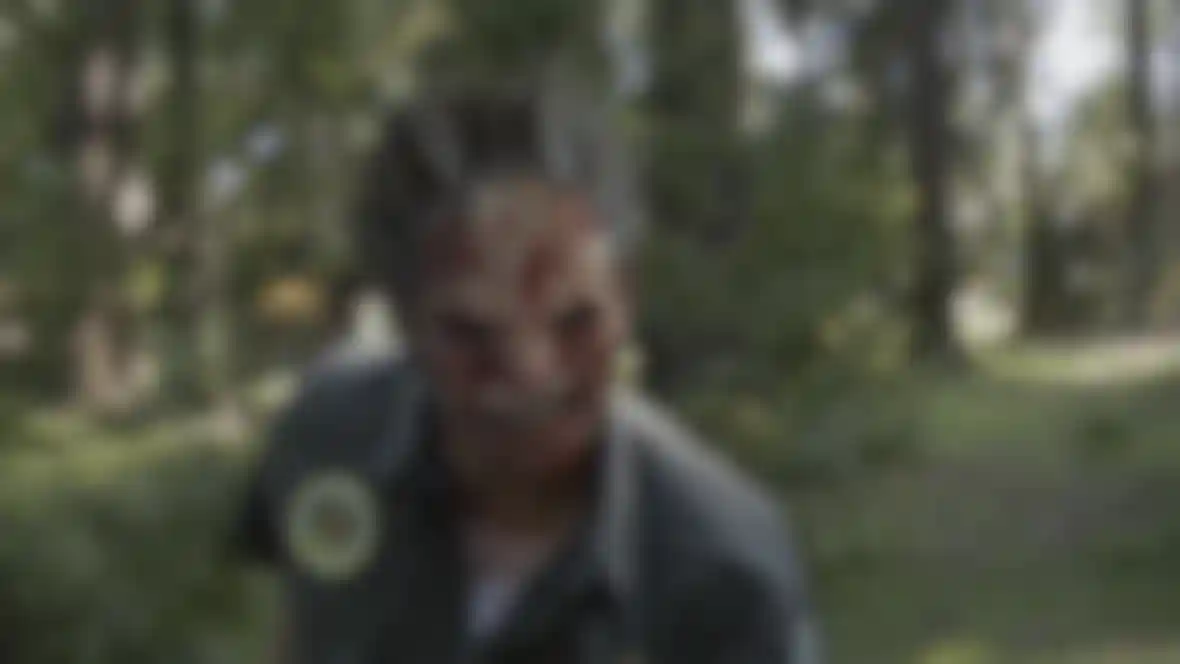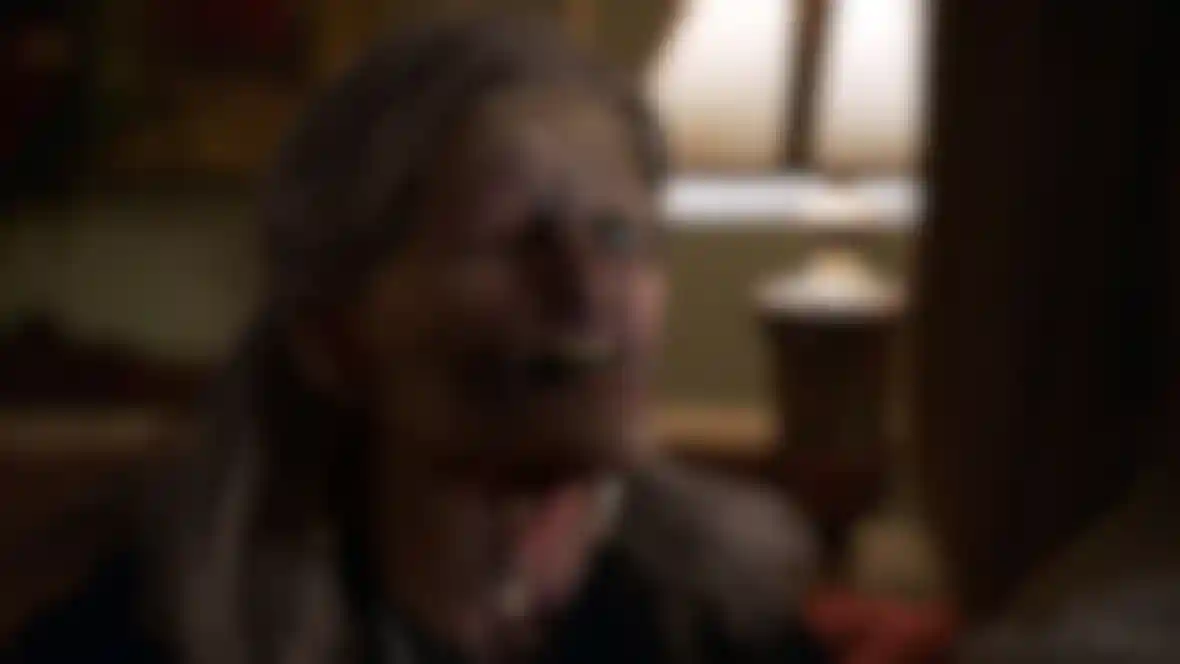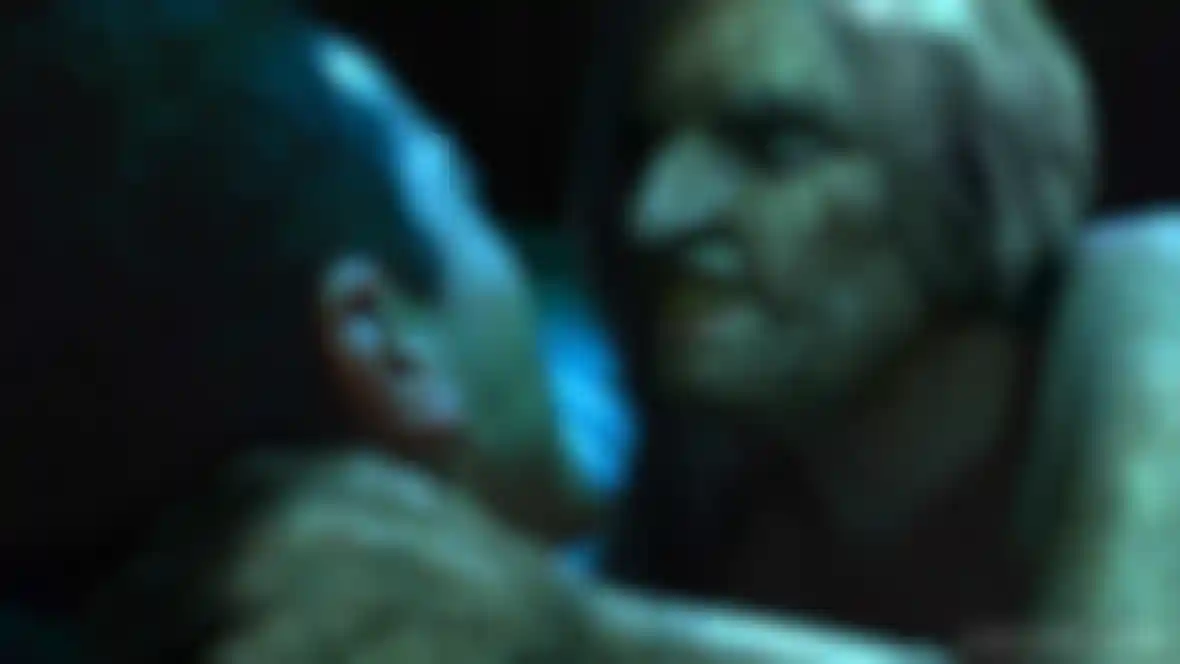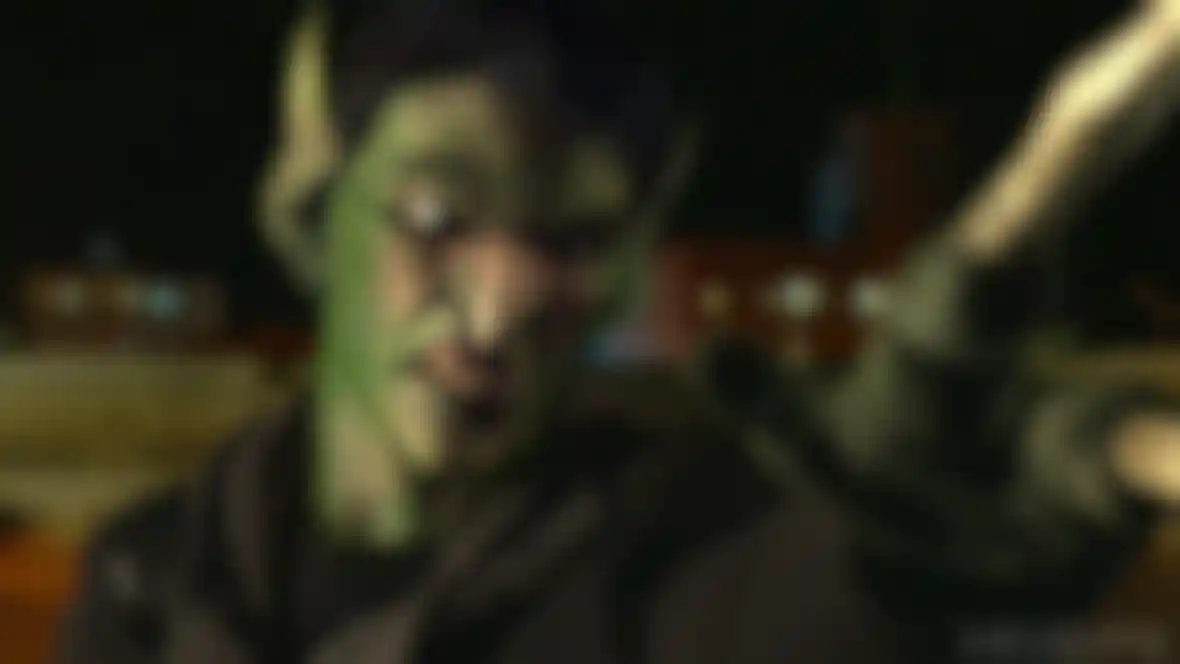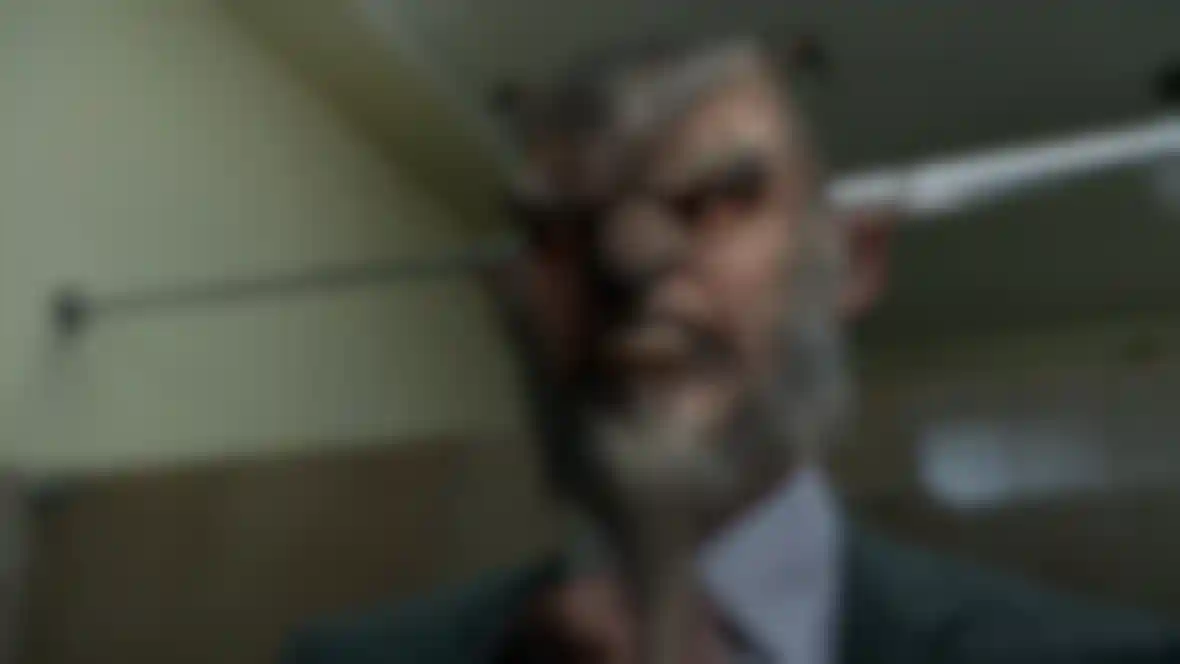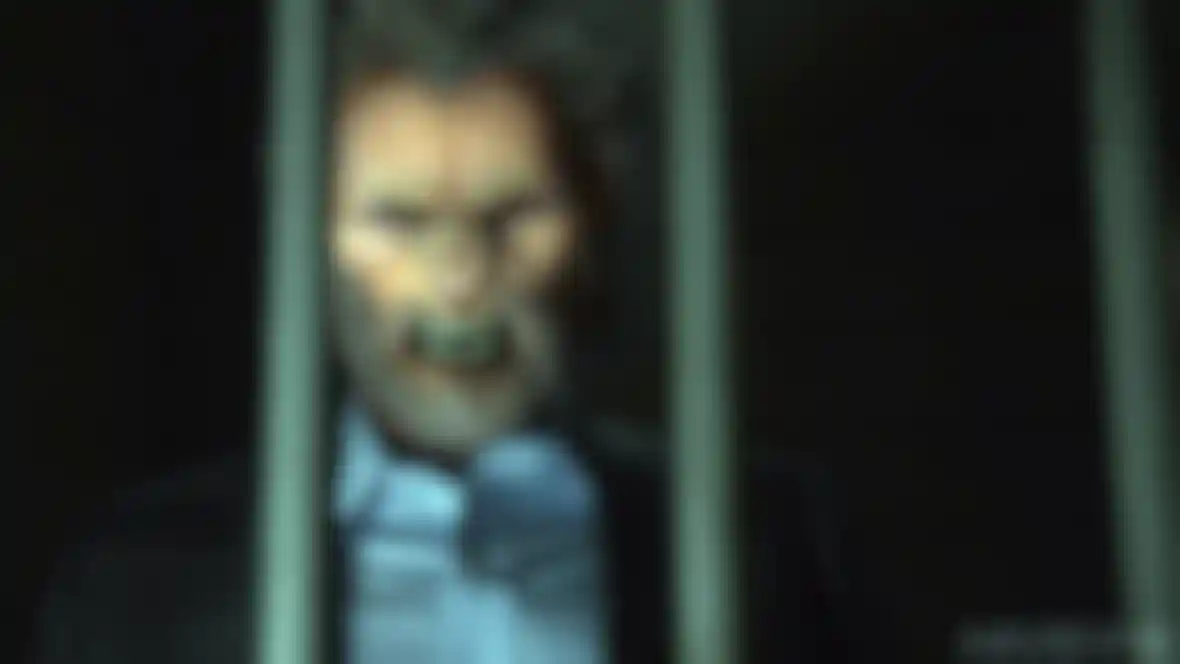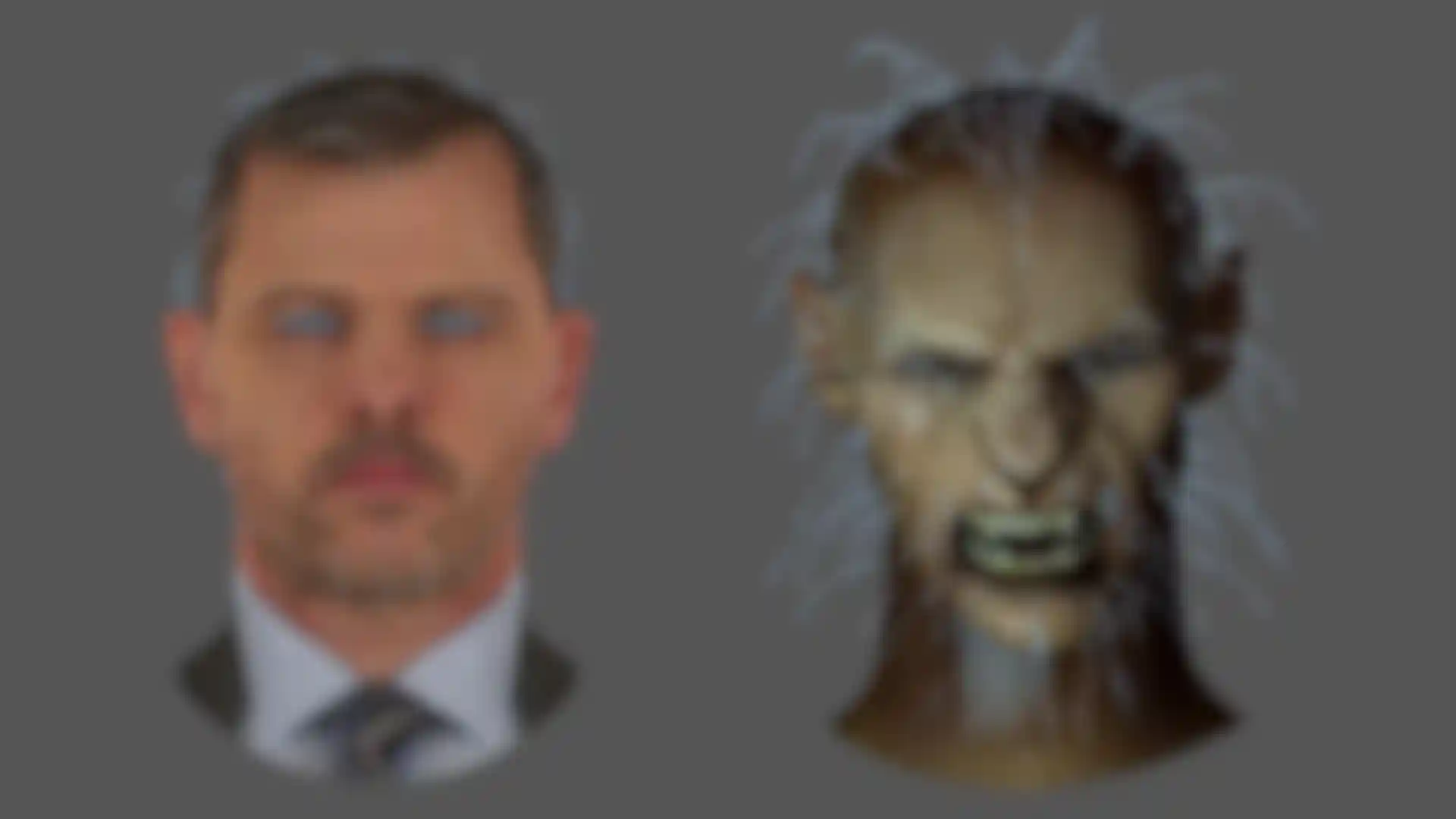
HIVE-FX on How They Use Cinema 4D for NBC's Grimm With two seasons of NBC's Grimm now behind them, Portland, Oregon-based HIVE-FX has explored all sorts of ways to turn people into monsters.
From the start, the creatures they've created as one of the shows' preferred VFX vendors have always been scary. Now, thanks to a new pipeline they created between Maxon's Cinema 4D, Autodesk's Maya and Adobe's After Effects, those fairy tale-inspired monsters are even more frightening, and in a more cinematic way.
"We used to do an overall blending from human to creature, creating a cross-dissolving effect," says Guy Cappiccie, HIVE-FX's shot supervisor and lead creative for Grimm, explaining the innovative approach to creature morphing that landed them a coveted vendor spot on the series. "But now we're blending and moving displacement based on shapes to help break up the characters' transitions in a more organic way." The result is slower, more realistically detailed morph from ordinary-looking human to monster.
HIVE-FX specializes in doing VFX shots for the series that involve morphs, creatures, animals and hair. That might sound strange to those who don't know the show, which is based on the fairy tales of the Brothers Grimm and centers around Portland homicide detective Nick Burkhardt (David Giuntoli).
Refining the Process
When HIVE-FX started work on season one of Grimm, only a handful of people on the creative team had experience with character animation, including Jim Clark, the company's president. Things have evolved over time as NBC has gotten to know the team's work and Cappiccie has not only composited the finishing touches on characters, he has built a pipeline that enables HIVE-FX to create things they could only dream of not long ago. "We still go over some concepts, but we're getting more control over the process," says lead compositer James Chick.
Devising a pipeline that works has not been easy. Most creatures begin as photos of the actors taken from every angle. Next, the photos are used to create 3D replicas of their heads using tracking points as a reference. Pixologic's ZBrush is used for 3D sculpting, and models are rigged and animated in Maya. Cinema 4D is used for hair, surfacing, lighting and rendering.
Though Clark had long been working in Cinema 4D and knew he wanted to use it for creature making, HIVE-FX didn't know any artists who were using the software for that purpose. Undaunted, they hired Maya artists and taught them how to do specific things like use Cinema 4D's Hair feature.
To help smooth the path between Maya and Cinema 4D, HIVE-FX hired the German software developer team at2 GmbH to design a custom plug-in that takes the deformer mesh out of Maya and on a per-point bases, caches it into a single file, allowing the point cache tags to be read inside Cinema 4D so camera and point positions can be matched perfectly.
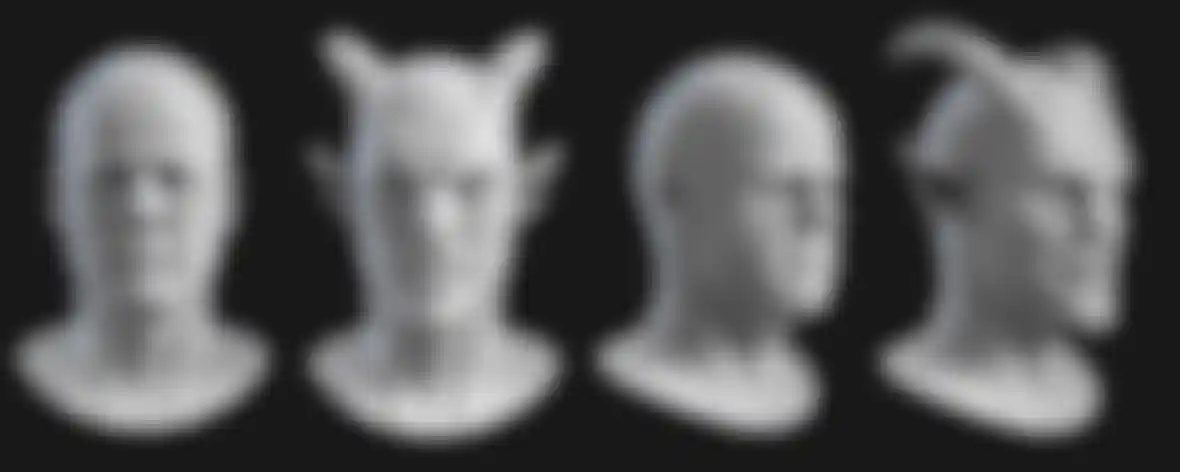
Making Monsters
With a few exceptions, the three preferred vendors who create characters for the series tend to work on a specific set of monsters to ensure character continuity. HIVE-FX gets about three to four weeks to work on each episode, and it is common for them to be working on two or three episodes at the same time.
Recently, Cappiccie's team has been working on several characters, including Don Nidaria, a lion-like creature that passes as a rich but abusive man in the human world. After killing his wife, he hires a slimy attorney (who morphs into a goat creature) to get him off the hook. "We're known for the way we do the interaction between hair and skin, which has been so important with some of our characters, like the lion," says Chick. "We've pushed how we use Hair in Cinema 4D since the beginning of the second season and we've made massive strides in how hair moves naturally by driving it dynamically using realistic 3D and object tracks."
Their most disturbing new creature is a ghoulish Hexenbiest named Frau Pech that they created on their own. "NBC said they wanted another Hexen, so our modeler Jerod Bough went for it and created Frau," Cappiccie explains. "I wanted her to be as gross as possible, so I had her throat be exposed, allowing us to see it moving around when she talks."
Having never modeled characters with the kind of holes needed for the exposed throat, getting the rigging right was challenging. "The trachea is one separate piece, and it's rigged in a way that allows individual control of the mouth movements," he continues, adding, "[Those] stitches over her eye - they're rigged to stretch with her eyelids so we can tighten and loosen them."
Running a close second to Frau is the "saggy lady," the creature that detective Burkhardt's girlfriend Juliette (Bitsie Tulloch) morphs into in a nightmare dream sequence during season two. "Juliette normally doesn't morph, but this is a dream and it's also the most advanced morph we've created," Cappiccie recalls. "This one really shows how we're using displacement so you can see her body morphing slowly, starting with her hand and crawling up her arm to her neck."
at2 software developement:
www.at2-software.com
Read this feature in its entirety at Renderosity:
www.renderosity.com/news.php?viewStory=16649
See some creature morphs from the show here:
www.hive-fx.com
